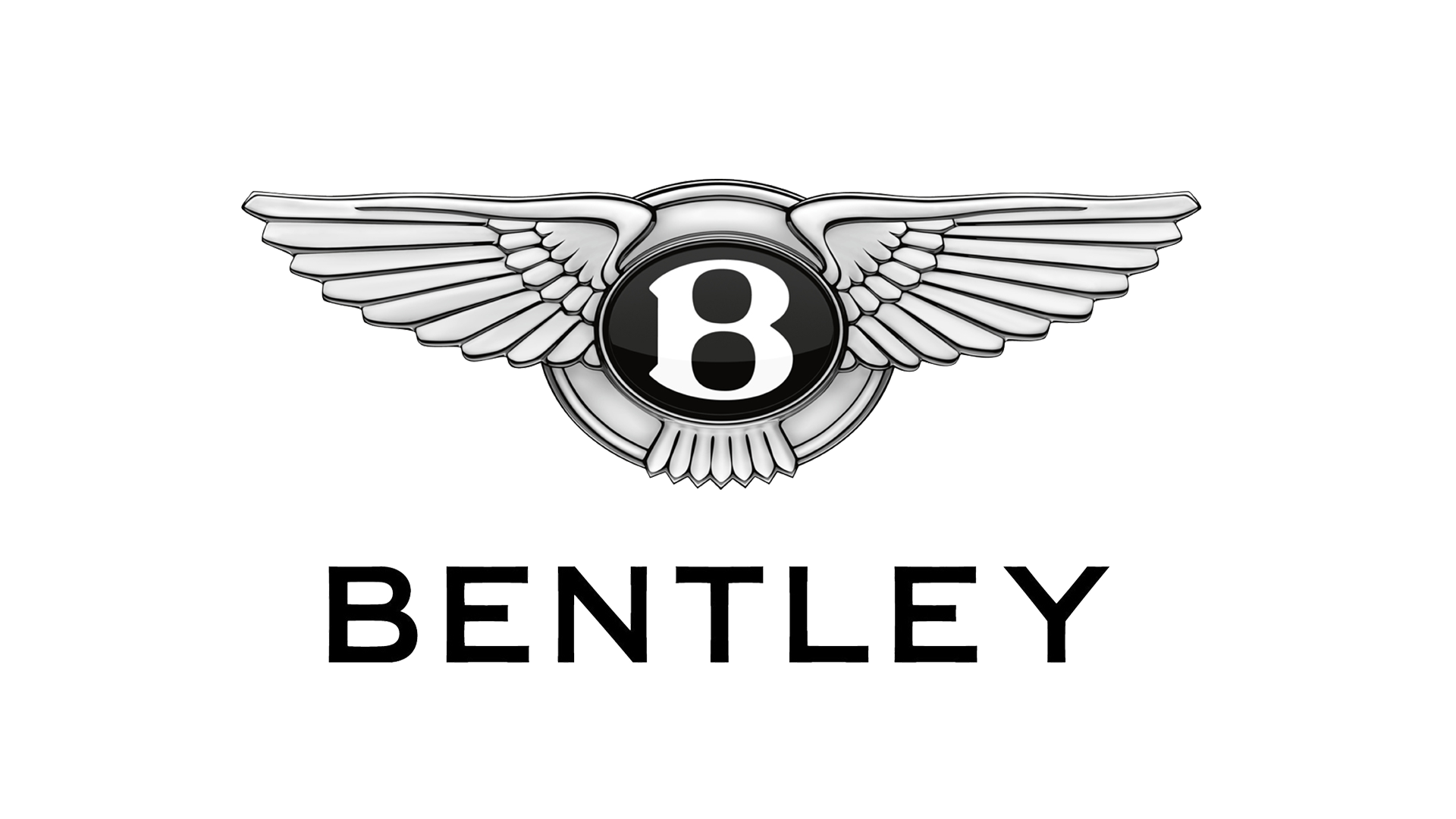Bentley - Mulsanne - Workshop Manual - 1989 - 1989 (3)
Get your hands on the complete Bentley factory workshop software
Download nowGet your hands on the Complete Bentley Factory Workshop Software
Download nowGet notified when we add a new BentleyMulsanne Manual
We cover 60 Bentley vehicles, were you looking for one of these?

Bentley - Continental GT - Workshop Manual - 2006 - 2012

Bentley - Arnage - Miscellaneous Documents - 2001 - 2001

Bentley - Continental GT - Workshop Manual - 2013 - 2013

Bentley - Continental Flying Spur - Workshop Manual - 2007 - 2008

Bentley - Continental GT - Workshop Manual - 2011 - 2011

Bentley - Eight - Workshop Manual - 1989 - 1989 (2)

Bentley - Continental S - Workshop Manual - 2003 - 2003

Bentley Bentley Arnage Bentley Arnage 2007 Misc Document Brochures

Bentley Bentley Continental Bentley Continental Workshop Manual

Bentley - Continental S2 - Workshop Manual - 2006 - 2006

Bentley - Continental GT - Sales Brochure - 2011 - 2018 (2)

Bentley Bentley Azure Bentley Azure 2007 Misc Document Brochures

Bentley Bentley Continental GTC Bentley Continental GTC 2013 Misc Documents Brochure

Bentley Bentley Continental GT Bentley Continental GT 2007 Misc Documents Brochure

Bentley - Continental S - Sales Brochure - 2004 - 2011

Bentley - Continental Flying Spur - Miscellaneous Documents - 2016 - 2016

Bentley - Flying Spur - Workshop Manual - 2003 - 2012

Bentley - Bentayga - Sales Brochure - 2017 - 2017

Bentley - Continental S2 - Workshop Manual - 2012 - 2012

Bentley - Continental GT - Sales Brochure - 2019 - 2019

Bentley Bentley Continental GTC Bentley Continental GTC 2007 Misc Documents Brochure

Bentley - Turbo R - Workshop Manual - 1985 - 1985

Bentley Bentley Continental GTC Bentley Continental GTC 2008 Misc Documents Brochure

Bentley Bentley Continental GTC Bentley Continental GTC 2012 Misc Documents Brochure

Bentley Bentley Continental Lincoln Continental 2000 Owners Manual

Bentley - Brooklands - Sales Brochure - 2008 - 2008

Bentley Bentley Continental GT Bentley Continental GT 2014 Misc Documents Brochure

Bentley - Turbo RT - Workshop Manual - 1979 - 1979

Bentley - Arnage - Sales Brochure - 2008 - 2008

Bentley - Azure - Sales Brochure - 2008 - 2008

Bentley Bentley Arnage Bentley Arnage 2009 Misc Documents Brochure

Bentley - Continental Flying Spur - Sales Brochure - 2006 - 2007

Bentley - Continental Flying Spur - Sales Brochure - 2006 - 2009

Bentley - Flying Spur - Sales Brochure - 2018 - 2018

Bentley - Arnage - Sales Brochure - 2007 - 2007

Bentley - Brooklands - Sales Brochure - 2002 - 2002

Bentley - Continental Flying Spur - Parts Catalogue - 2011 - 2011

Continental V8-4.6L DOHC VIN V (1998)

Bentley - Continental Flying Spur - Sales Brochure - 2010 - 2010

Bentley Bentley Azure Bentley Azure 2011 Misc Documents Brochure

Bentley Bentley Flying Spur Bentley Flying Spur 2014 Misc Document Brochures

Bentley - Turbo R - Workshop Manual - 1987 - 1987

Bentley - Brooklands - Miscellaneous Documents - 2008 - 2008

Bentley - Continental GTC - Sales Brochure - 2003 - 2003 (2)

Daimlar - Super Eight - Sales Brochure - 1957 - 1957

Bentley Bentley Continental Bentley Continental 2012 Misc Documents Brochure

Bentley - Continental - Sales Brochure - 2015 - 2015 (2)

Toys & Accessories - Mega - Pyrates - Pieces of Eight, 3601

Irons & Steamers - Hamilton Beach - Lightweight Iron (14567)

Bentley - Continental S - Sales Brochure - 2013 - 2013

Bentley - Brooklands - Sales Brochure - 2009 - 2009

Bentley - Bentayga - Sales Brochure - 2016 - 2016

Vacuums - Bissell - PowerSwift Lightweight Compact Vacuum %7C 18082

Bentley - Turbo R - Sales Brochure - 1993 - 1993 (German)

Bentley - Continental S2 - Sales Brochure - 2012 - 2012

Bentley Bentley Continental GTC Bentley Continental GTC 2011 Misc Documents Brochure

Bentley - Continental GT - Workshop Manual - 2003 - 2003

Sewing Machine - Singer - Singer - 117 %7C FEATHERWEIGHT

Bentley Bentley Continental Lincoln Continental 1998 Misc Documents Maintenance Guide

Bentley Bentley Continental Lincoln Continental 2002 Misc Documents Maintenance Guide

Bentley - Continental GT - Workshop Manual - 2006 - 2012

Bentley - Arnage - Miscellaneous Documents - 2001 - 2001

Bentley - Continental GT - Workshop Manual - 2013 - 2013

Bentley - Continental Flying Spur - Workshop Manual - 2007 - 2008

Bentley - Continental GT - Workshop Manual - 2011 - 2011

Bentley - Eight - Workshop Manual - 1989 - 1989 (2)

Bentley - Continental S - Workshop Manual - 2003 - 2003

Bentley Bentley Arnage Bentley Arnage 2007 Misc Document Brochures

Bentley Bentley Continental Bentley Continental Workshop Manual








































































































































































































































